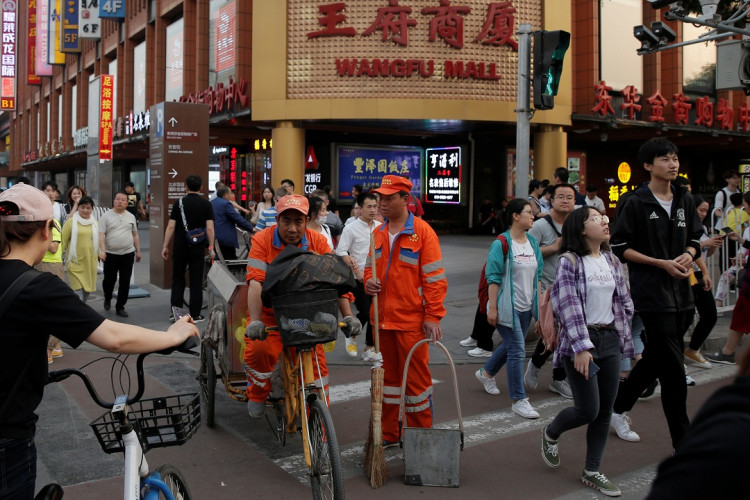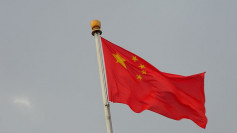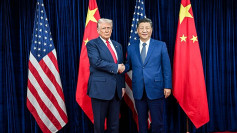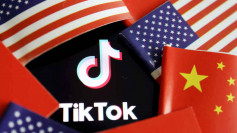Consumer spending throughout China remained weak during the first half of the year despite the robust purchasing power of Chinese consumers. This dichotomy was noted by analysts at J.P. Morgan Asset Management, the bank's asset manager for individuals, advisors and institutions.
China avoided an economic recession in H1 by posting an unexpected GDP growth of 3.2% in the second quarter. Retail was one of the economy's weak spots in H1, however, as consumers seemed content to keep husbanding their money amidst COVID-19 uncertainties.
June retail sales fell 1.8% year-on-year on account of this behavior compared to expectations for a 0.3% rise by economists polled by Reuters. The June retail numbers, however, were better than May's, which saw a 2.8% year-on-year decline.
Tai Hui, Asia chief market strategist at JPMorgan Asset Management, forecasts "a little bit more signs of recovery in the consumer sector in the third quarter." This recovery will gain steam when some of the worst hit sectors, especially the services sector, come back online.
A key issue in getting Chinese consumers to spend more is whether Chinese feel more comfortable in returning to domestic travel once again, said Hui. Increased travel also means more consumer spending. Domestic travel, however, has hardly returned to its pre-coronavirus state.
"I think it's the consumer sentiment that's been impacted by for example, the very brief outbreak in Beijing last month," said Hui.
Positive signs of a creeping rise in consumer spending is that car sale in June rose at the second fastest year-on-year pace since January 2018, with sales up 11.6% after rising 14.5% year-on-year in May. Car sales plummeted 79.1% in February. Residential property sales also continued their strong recovery in June.
"The recovery of sales of autos and homes reflects that middle-class and wealthy consumers have both sufficient money and enough confidence in the future to spend it," said Andy Rothman, investment analyst at U.S. investment firm Matthews Asia.
Deutsche Bank concurs with the assessment of J.P. Morgan as regards the weak state of Chinese consumer spending. It claims the "V-shaped recovery" was "largely completed" but left out consumer spending.
"Consumer spending is still below its pre-Covid path, but the remaining gap is largely concentrated in a few sectors -- travel, dining, leisure services -- where rapid recovery is unlikely," said Deutsche Bank in a note to clients.
Consumer spending was the largest contributor to China's GDP growth in the first six months of 2019. It contributed 60% of the country's economic growth, according to the National Bureau of Statistics (NBS).






